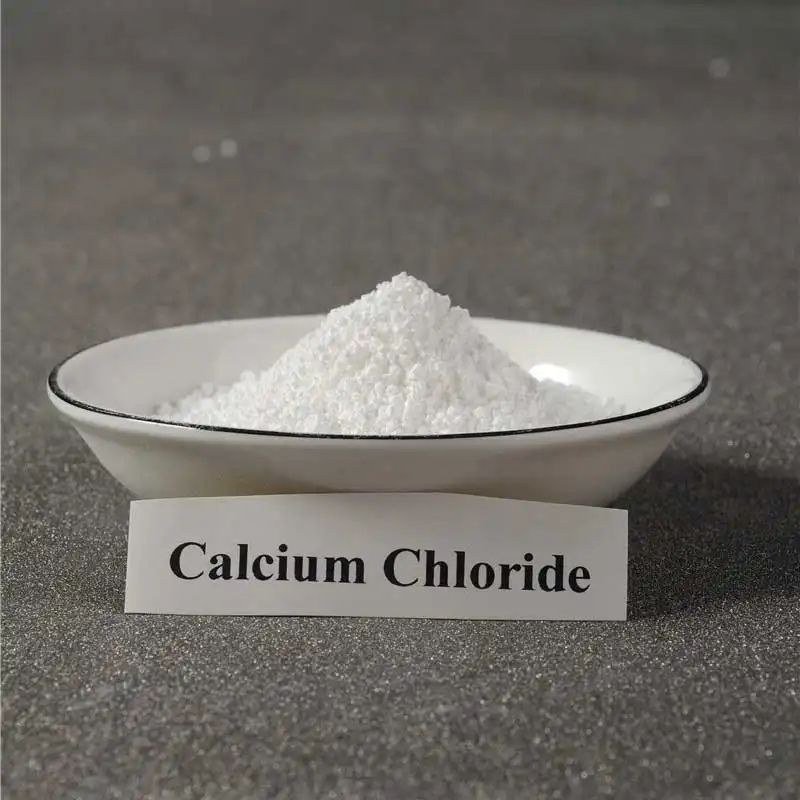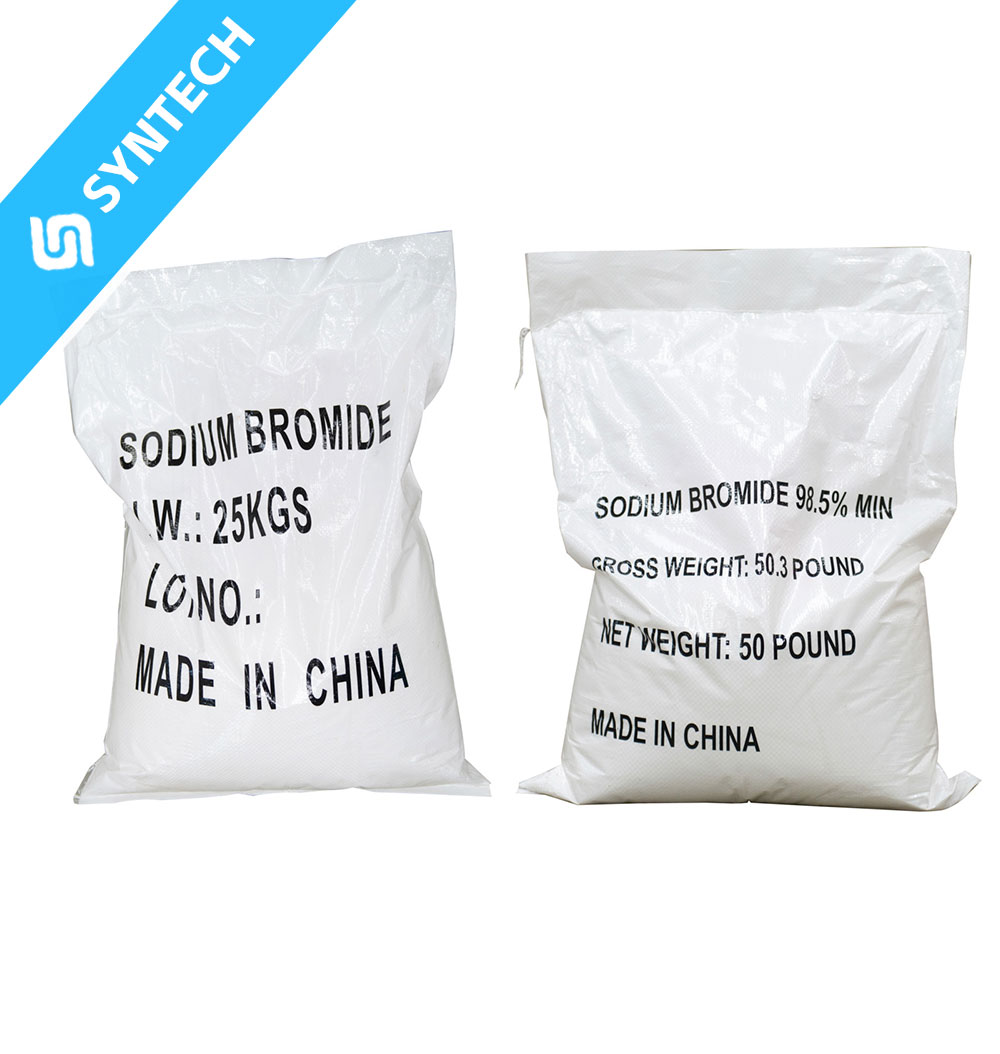Sodium Methallyl Sulfonate (SMAS, C₄H₇NaO₃S) is a highly effective anionic dispersant in oilfield applications due to its sulfonate (–SO₃⁻) functionality and polymerizable vinyl group. It plays a critical role in stabilizing colloidal systems, preventing particle aggregation, and enhancing fluid performance in drilling, production, and stimulation operations. Below is a detailed breakdown of its dispersion mechanisms, formulations, and field applications.
1. Key Dispersion Mechanisms of SMAS
SMAS functions through multiple physicochemical mechanisms to disperse solids in oilfield fluids:
A. Electrostatic Repulsion (Primary Mechanism)
- The sulfonate groups (–SO₃⁻) ionize in water, creating a strong negative charge on particle surfaces (e.g., clays, barite, asphaltenes).
- DLVO Theory Application:
- Increases the zeta potential (typically to −30 to −50 mV), enhancing repulsive forces between particles.
- Overcomes van der Waals attraction, preventing flocculation.
B. Steric Hindrance (When Polymerized)
- When copolymerized with acrylamide (AM) or acrylic acid (AA), SMAS forms long-chain polymersthat:
- Physically block particle-to-particle contact.
- Improve dispersion stability in high-salinity brines.
C. Surface Wetting Enhancement
- SMAS reduces the interfacial tension (IFT) between solids and water, promoting better particle wetting.
- Critical for dispersing hydrophobic materials (e.g., asphaltenes, oil-based mud residues).
2. Applications of SMAS as a Dispersant in Oilfield Operations
A. Drilling Fluids (Water-Based Systems)
| Target Solids | Problem | SMAS Action |
|---|---|---|
| Bentonite clay | Flocculation in high-salinity brine | Electrostatic stabilization (−SO₃⁻ shields Na⁺/Ca²⁺ effects) |
| Barite (BaSO₄) | Sagging in weighted muds | Prevents particle aggregation via steric repulsion |
| Drill cuttings | Accumulation in annulus | Disperses fines for efficient removal |
Typical Dosage: 0.1–0.5% (w/w) of SMAS copolymer (e.g., SMAS-AMPS-AA terpolymer).
B. Production Chemistry (Scale & Sludge Control)
- Asphaltene Dispersion:
- SMAS sulfonates interact with asphaltene aggregates, breaking π–π stacking.
- Formulation: SMAS + nonionic surfactants (e.g., ethoxylated alcohols).
- Iron Sulfide (FeS) Dispersion:
- Prevents FeS deposition in sour (H₂S-rich) wells by charge repulsion.
C. Enhanced Oil Recovery (EOR) Fluids
- Polymer Flooding: SMAS-modified HPAM resists Ca²⁺/Mg²⁺-induced aggregation in hard brines.
- Nanofluid Stabilization: Disperses SiO₂/TiO₂ nanoparticles for conformance control.
3. SMAS vs. Conventional Dispersants: Performance Comparison
| Property | SMAS-Based Dispersant | Lignosulfonates | Polyphosphates |
|---|---|---|---|
| Thermal Stability | ≤150°C | ≤120°C | ≤80°C |
| Salt Tolerance | Excellent (even in seawater) | Moderate | Poor (precipitates with Ca²⁺) |
| Environmental Impact | Low toxicity, biodegradable | High COD | Eutrophication risk |
| Cost Efficiency | Long-lasting at low doses | Frequent replenishment needed | High dosage required |
4. Practical Formulations & Case Studies
A. High-Temperature Drilling Fluid Dispersant
- Composition: SMAS (20%) + AMPS (30%) + AA (50%) copolymer.
- Dosage: 0.3% in 12 ppg CaCl₂ brine.
- Result:
- Barite dispersion: No sag after 48 hrs at 150°C.
- Fluid loss: <10 mL/30 min (HTHP).
B. Asphaltene Inhibitor for Production Wells
- Formulation: SMAS (5%) + dodecylbenzene sulfonate (10%) in ethylene glycol.
- Field Trial (Permian Basin):
- Reduced asphaltene deposition by 70% vs. untreated wells.
5. Limitations & Mitigations
| Challenge | Solution |
|---|---|
| Foaming in high-SMAS systems | Add silicone defoamer (50–100 ppm) |
| Incompatibility with cationic additives | Use non-ionic surfactants (e.g., EO-PO block copolymers) |
| Cost at large scale | Blend with lignosulfonates (1:1 ratio) |
Conclusion: Why SMAS Excels as an Oilfield Dispersant
- Superior Charge Density: Sulfonate groups provide unmatched electrostatic repulsion.
- Versatility: Works in drilling, production, and EOR fluids.
- Harsh-Environment Stability: Resists heat, salt, and divalent cations.
- Eco-Friendly Profile: Compliant with offshore discharge regulations (e.g., OSPAR).
For tailored formulations (e.g., high-salinity or high-temperature applications), SMAS copolymers can be customized with monomers like NVP (N-vinylpyrrolidone) or SSA (sulfonated styrene). Let me know if you need a specific case study!






